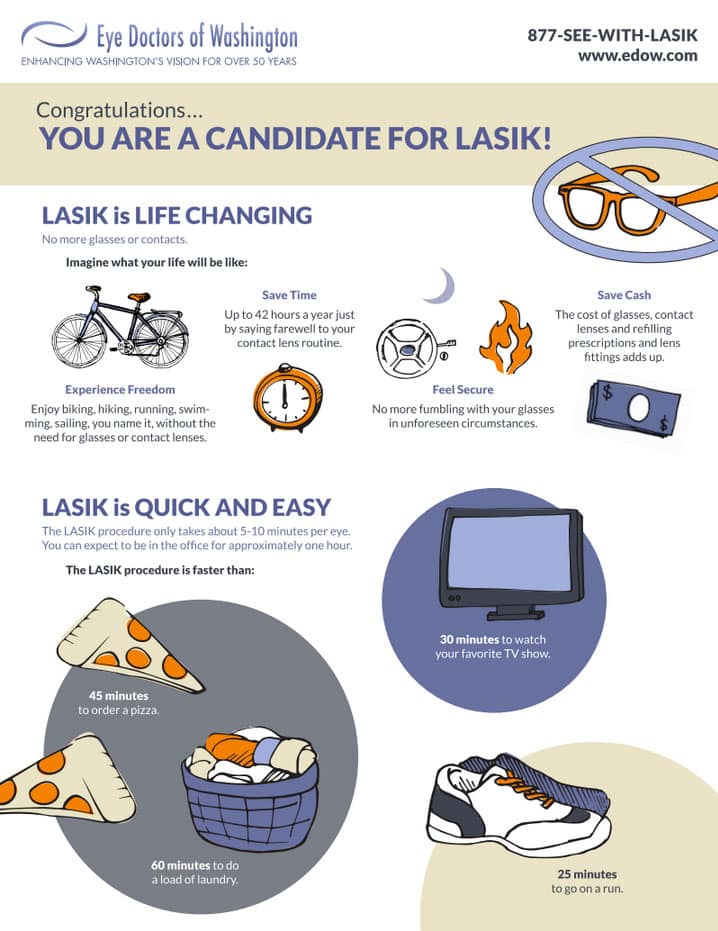Explore The Diverse Root Causes Of Completely Dry Eye Disorder, Clarifying The Details Of This Regular Condition While Providing Helpful Services
Explore The Diverse Root Causes Of Completely Dry Eye Disorder, Clarifying The Details Of This Regular Condition While Providing Helpful Services
Blog Article
Short Article By-Fox Sharpe
If you've ever experienced the pain of dry eyes, you could be wondering what factors go to play. From age-related modifications to ecological triggers and lifestyle behaviors, the root causes of dry eye disorder can be complex and multifaceted. By untangling the complex web of impacts that contribute to this condition, you'll get a deeper understanding of exactly how to attend to and possibly alleviate its signs and symptoms. Keep tuned to discover the complex interaction between different components that can bring about completely dry eye disorder and discover methods to proactively manage this usual ocular issue.
Elements Affecting Dry Eye Advancement
Dry eye syndrome can be influenced by numerous factors that contribute to its development. One significant variable is age. As you get older, your eyes might create fewer tears or tears of lesser high quality, causing dry skin.
Specific clinical conditions like diabetic issues, thyroid conditions, and autoimmune conditions can also impact tear production and quality, intensifying completely dry eye symptoms. Hormone changes, particularly in ladies throughout menopause, can add to completely dry eyes too.
In addition, drugs such as antihistamines, decongestants, and antidepressants can reduce tear production and create dryness. go to website like smoke, wind, and completely dry air can irritate the eyes and intensify completely dry eye symptoms.
Furthermore, extended screen time and electronic gadget usage can lead to decreased blinking, resulting in poor tear circulation across the eyes. Understanding these factors can aid you identify possible triggers for your dry eye signs and take positive actions to handle and alleviate them.
Environmental Triggers and Dry Eye
Direct exposure to different environmental aspects can substantially affect the development and exacerbation of completely dry eye signs. Contaminants like dirt, smoke, and air contamination can irritate the eyes, resulting in enhanced tear evaporation and dry skin.
Climate problems such as reduced humidity degrees, high temperatures, and windy weather condition can also contribute to moisture loss from the eyes, creating discomfort and dry eye signs. Furthermore, spending expanded durations in air-conditioned or heated settings can reduce air dampness, further worsening dry eye.
Prolonged use of digital displays, common in today's technology-driven world, can likewise strain the eyes and reduce blink rates, bring about not enough tear manufacturing and completely dry eye problems. To reduce the impact of ecological triggers on dry eye, think about making use of a humidifier, taking breaks from display time, putting on protective glasses in gusty problems, and using fabricated rips or lubricating eye goes down as required.
Being mindful of these environmental aspects can help manage and stop dry eye signs efficiently.
Way Of Life Habits Impacting Eye Moisture
Exactly how do your daily routines impact the wetness degrees in your eyes? Your lifestyle plays a considerable role in establishing the health of your eyes.
For instance, not drinking sufficient water can bring about dehydration, triggering your eyes to end up being dry and aggravated.
Furthermore, investing prolonged durations staring at screens can reduce your blink price, leading to boosted tear dissipation and dryness.
Smoking is an additional way of living routine that can worsen dry eye signs, as it can aggravate the eyes and add to tear film instability.
In addition, eating excessive quantities of high levels of caffeine or alcohol can dehydrate your body, including your eyes, making them much more susceptible to dryness.
Absence of rest can likewise influence eye wetness levels, as ample remainder is vital for tear manufacturing and general eye health and wellness.
Verdict
In conclusion, understanding the various factors that contribute to dry eye disorder is key to taking care of and avoiding this usual eye condition. By recognizing age-related changes, clinical conditions, environmental triggers, and way of life behaviors that can impact eye moisture, beginners can take proactive actions to reduce dry eye signs. Bear in mind to remain hydrated, take breaks from displays, and seek advice from a medical care specialist for personalized advice on handling dry eyes.
